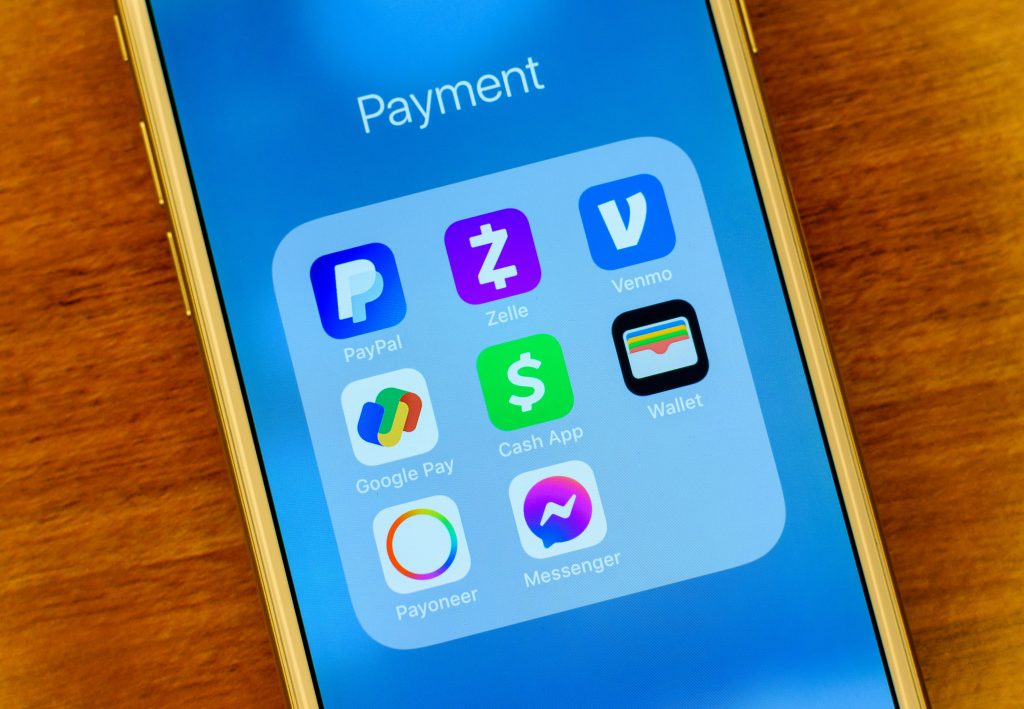The free payment app Zelle is making headlines these days, but for all the wrong reasons. Every week, it seems, comes a new report of someone scammed out of thousands of dollars.
And now Congress is starting to ask questions. That’s because while Zelle is an easy way to send money, it is also an easy way for scammers to steal your money.
Victim After Victim Shares Their Stories
Megan MacDonald’s story is, sadly, all too familiar. She received an urgent text that appeared to come from her bank.
“I was contacted by someone from a Wells Fargo phone number,” she said, “who told me they were a Wells Fargo representative and that I had fraud in my bank account.”
Panicked, she gave her account information to the helpful man, who she thought was a customer service agent.
But it was a scammer, and within minutes he transferred $3,000 out of her checking account through a Zelle transfer.
Last year, Catina Brown fell victim to a text message that appeared to be from her bank, claiming her account was locked due to fraud.
When she texted back, she remembered, “it said, did you try to Zelle someone $5,000, and I said no!”
So she gave her account number to try to stop the fraudulent transfer, and the thief immediately transferred $1,000 out of her checking account, before she realized what was happening.
Damon Lander was another victim, who didn’t even know what Zelle was when he received a phone call about a problem with his bank account.
He told us that as soon as he gave his account information, “they changed my user name, my password, my card PIN, and set up a Zelle account.”
Several thousands of dollars were then transferred right out.

Why Are So Many Scammers Using Zelle?
Zelle is run by major banks, and is actually very safe from hacking.
So if it cannot be hacked, why are hundreds of bank customers losing money to Zelle scams?
Sarah Wetzel of the Better Business Bureau says that in almost all cases, customers are convinced through a phone call to give their personal account information to a scammer.
“The services themselves aren’t bad. It’s just unfortunate that scammers are using these services to take advantage of consumers,” she said.
Wetzel says scammers know peer-to-peer payment services like Zelle (and the similar Venmo) are convenient.
But they also know that unlike credit cards, where you can stop a fraudulent payment, there’s little fraud protection.
She says to look out for these red flags:
- The person contacting you about a problem with your bank account is pushy or aggressive.
- They insist there’s no other way to fix the problem than by following their instructions.
- If it is a text or email, the message has grammatical errors.
The big risk with Zelle, Wetzel says, is that if you are scammed, there is no protection.
“These peer-to-peer payment services are not going to shoulder any losses for a consumer,” she said. “If you do get scammed out of money the chances of you getting that back is very unlikely.”

Two U.S. Senators on the Senate Banking Commission, Sens. Elizabeth Warren of Massachusetts and Bob Menendez of New Jersey, recently asked the seven banks that own Zelle to do more to prevent this fraud and help the thousands of people who have fallen for it the past two or three years.
Zelle has not commented on their request.
So how can you keep this from happening to you?
- Only use money transfer apps with people you know.
- Never discuss account numbers, PINs or other personal information with anyone who contacts you.
- If the person claiming a problem with your account needs your account info, look up the bank’s phone number yourself and call them.
- Don’t call the number in the text, email or voice mail, as it will connect you with the scammers.
Chances are that when you call your bank, they will say there is nothing wrong, and that way you don’t fall for the Zelle scam, and you don’t waste your money.
This story originally appeared on Don't Waste Your Money. Checkout Don't Waste Your Money for product reviews and other great ideas to save and make money.


